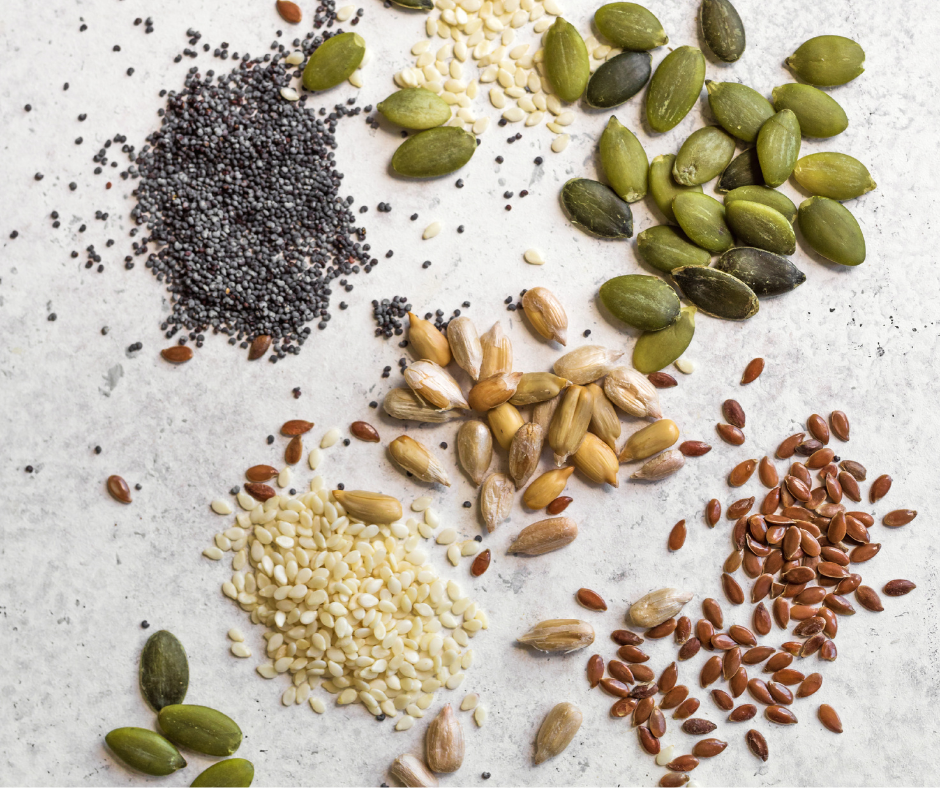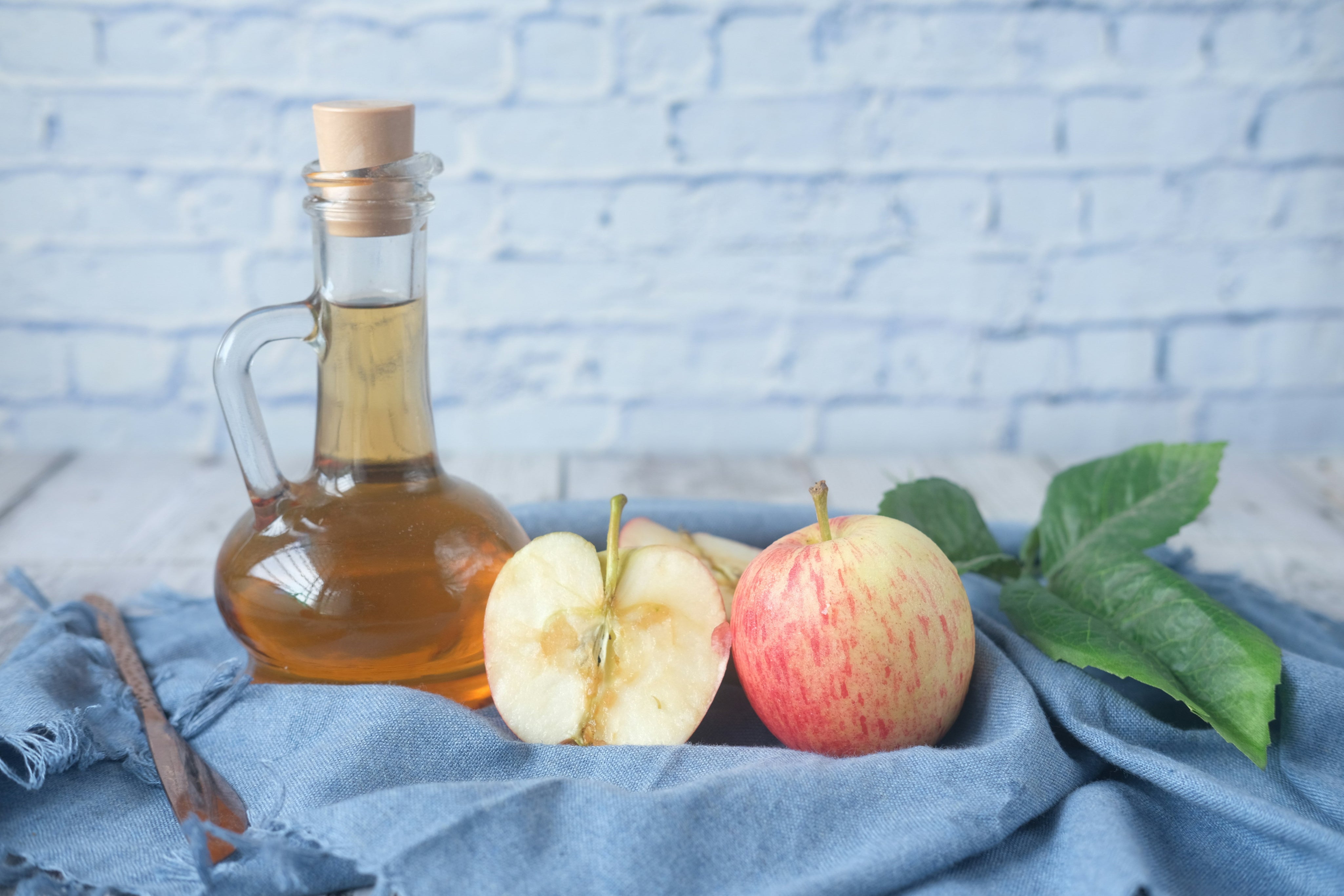Introduction: What Is Seed Cycling?
Seed cycling is a natural method to help balance hormones and support the menstrual cycle. By consuming specific seeds during different phases of the cycle, you may reduce symptoms like PMS, irregular periods, and hormonal acne.
This guide introduces the basics of seed cycling, explains its potential benefits, and offers practical recipes to get started. Incorporating seeds strategically into your diet can help your body maintain hormonal balance and promote overall well-being.
Understanding Your Menstrual Cycle
Seed cycling works by aligning your nutrient intake with the two main phases of the menstrual cycle: the follicular phase and the luteal phase. Each phase has unique hormonal needs, and understanding these can help you tailor your seed intake effectively.
The follicular phase begins on the first day of menstruation and ends at ovulation. Estrogen levels rise during this time, preparing your body for the possibility of conception.
The luteal phase starts after ovulation and continues until the start of the next period. Progesterone dominates this phase, helping to maintain a stable mood and support the uterus for potential pregnancy.
By matching your seed intake with these phases, you can support your body’s natural rhythms and encourage hormonal balance.
The Science Behind Seed Cycling
Certain seeds contain nutrients that may influence hormone production and regulation.
-
Follicular Phase Seeds: Flaxseeds and pumpkin seeds are commonly used during this phase. Flaxseeds are rich in phytoestrogens, omega-3 fatty acids, fiber, and lignans, which may help naturally support estrogen levels. Pumpkin seeds are a good source of zinc, magnesium, iron, and protein, all of which contribute to reproductive health.
-
Luteal Phase Seeds: Sesame and sunflower seeds are used in the luteal phase. Sesame seeds contain lignans that may help regulate estrogen levels while supporting progesterone production. Sunflower seeds are rich in selenium, which plays a vital role in thyroid and hormonal function.
Although research is ongoing, many women report positive effects from seed cycling, making it a popular natural approach to hormone regulation.
How to Start Seed Cycling
Starting seed cycling is simple:
-
Identify the first day of your menstrual cycle to mark the beginning of the follicular phase.
-
Consume flaxseeds and pumpkin seeds daily during this phase.
-
After ovulation, switch to sesame and sunflower seeds for the luteal phase.
Consistency is key. Over time, regular seed cycling may help reduce PMS symptoms, regulate periods, and support overall hormonal health.
Recipes for the Follicular Phase
The goal during the follicular phase is to support estrogen levels and prepare the body for ovulation. Here are some easy ways to incorporate flax and pumpkin seeds:
Follicular Energy Balls
-
1 cup flaxseeds
-
1 cup pumpkin seeds
-
1 cup dates
-
1/2 cup almond butter
-
1/4 cup honey
-
1 tsp vanilla extract
Process flaxseeds and pumpkin seeds until finely ground. Add dates, almond butter, honey, and vanilla extract. Blend until sticky and form into small balls. Chill for at least an hour. Store in an airtight container for up to a week.
Follicular Smoothie
-
1 tbsp ground flaxseeds
-
1 tbsp pumpkin seeds
-
1 cup spinach
-
1 banana
-
1 cup almond milk
-
1 tsp honey
Blend all ingredients until smooth. Enjoy as a nutrient-packed breakfast or snack.
Recipes for the Luteal Phase
During the luteal phase, the focus shifts to supporting progesterone and maintaining mood balance. Sesame and sunflower seeds are perfect for this phase.
Luteal Energy Balls
-
1 cup sesame seeds
-
1 cup sunflower seeds
-
1 cup dates
-
1/2 cup peanut butter
-
1/4 cup maple syrup
-
1 tsp cinnamon
Grind sesame and sunflower seeds. Add dates, peanut butter, maple syrup, and cinnamon. Blend until a dough forms and shape into balls. Chill before eating. Store in the fridge for a convenient snack throughout the luteal phase.
Luteal Smoothie
-
1 tbsp sesame seeds
-
1 tbsp sunflower seeds
-
1 cup kale
-
1 apple, cored
-
1 cup coconut milk
-
1 tsp ginger
Blend ingredients until smooth. This smoothie supports hormone balance while providing fiber and antioxidants.
Tips for Successful Seed Cycling
-
Daily Consistency: Consume your phase-specific seeds every day to support hormonal balance.
-
Freshness Matters: Grind seeds just before use for maximum nutrient absorption. Store seeds in a cool, dark place.
-
Track Your Cycle: Keep a journal of your period and symptoms to notice changes and patterns.
-
Patience is Key: Hormonal changes take time. Give seed cycling a few cycles to see noticeable benefits.
Benefits of Seed Cycling
Seed cycling may help with:
-
Reducing PMS symptoms such as bloating, mood swings, and cramps.
-
Supporting more regular menstrual cycles.
-
Improving skin health by balancing hormones.
-
Supporting reproductive health and overall vitality.
By integrating seeds into your daily meals, you can take a proactive approach to your hormonal health naturally.
Combining Seed Cycling with Holistic Wellness
Seed cycling works best when paired with healthy lifestyle habits:
-
Eat a balanced diet rich in whole foods.
-
Exercise regularly.
-
Manage stress through mindfulness or yoga.
A holistic approach enhances the benefits of seed cycling and promotes overall well-being.
Things to Keep in Mind
Seed cycling is a simple, natural way to support hormonal health and menstrual wellness. By following phase-specific seed recipes and incorporating them into your routine, you can help balance estrogen and progesterone, ease PMS symptoms, and support reproductive health.
Remember, every body is unique. Take note of how your body responds, adjust as needed, and consult a healthcare professional if you experience persistent or severe symptoms. With consistency, patience, and a focus on holistic health, seed cycling can be a powerful tool for improving your menstrual cycle and overall wellness.




